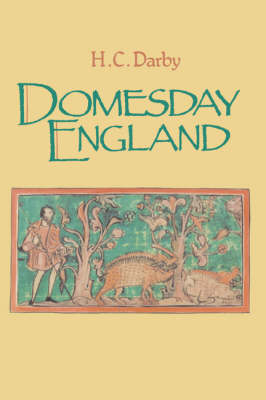Domesday Geography of England
3 total works
Domesday Book is the most famous English public record, and it is probably the most remarkable statistical document in the history of Europe. It calls itself merely a descriptio and it acquired its name in the following century because its authority seemed comparable to that of the Book by which one day all will be judged (Revelation 20:12). It is not surprising that so many scholars have felt its fascination, and have discussed again and again what it says about economic, social and legal matters. But it also tells us much about the countryside of the eleventh century, and the present volume is the seventh of a series concerned with this geographical information. As the final volume, it seeks to sum up the main features of the Domesday geography of England as a whole, and to reconstruct, as far as the materials allow, the scene which King William's clerks saw as they made their great inquest.
This Gazetteer is intended to supplement the other volumes of The Domesday Geography of England by providing an index of place-names together with maps showing their location. The number of separate places named in the Domesday Book amounts to over 13,400. They are often mentioned more than once in different spellings, with the result that the number of entries in the index exceeds 36,000. Both Domesday names and their modern equivalents are given, thus showing how the various Domesday names have been identified. The arrangement is intended to be useful to those who approach the Gazetteer either from the point of view of modern names or from that of Domesday names. The 65 pages of maps show the distribution of Domesday places against a background of relief and rivers. Although designed primarily for readers of The Domesday Geographies, the Gazetteer will also be of use to others who work in the field of English medieval history and geography.
This edition has been considerably revised to take account of further research on this subject and place-name identification. The treatment of statistics for boroughs has been brought into line with the other volumes in this series, a number of maps have been altered, and a short section of 'Vineyards' with one new map has been added to the last chapter.

